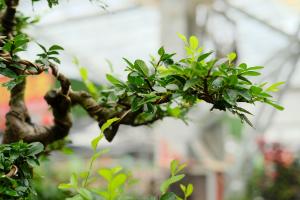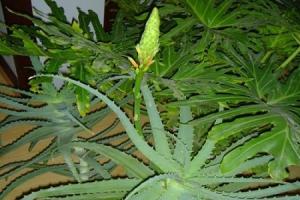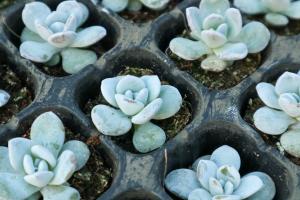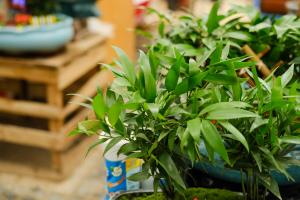How to Trim a Lavender Plant
Lavender plants are beautiful and fragrant additions to any garden, but they can become overgrown if not properly maintained. Trimming lavender plants is essential in keeping them healthy and promoting new growth. In this article, we will provide you with steps on how to trim a lavender plant and ensure its longevity.
Before we begin, it is important to note that timing is crucial when it comes to trimming lavender. The best time to prune your lavender plant is in late summer or early fall, after the plant has finished blooming. This timing allows the plant to recover and produce new growth before the winter.
Step 1: Prepare your tools
The first step in trimming a lavender plant is to prepare your tools. You will need sharp pruning shears, gloves, and a trash bag. It is important to use sharp pruning shears to avoid damaging the plant and to make clean cuts. Gloves are also necessary to protect your hands from the plant's rough texture.
Step 2: Identify the woody parts of the plant
Next, identify the woody parts of the plant. Lavender plants often become woody at the base, and these parts should be removed to encourage new growth. Use your pruning shears to remove the woody stems at the base of the plant.
Step 3: Cut back the plant
Now it is time to cut back the plant. Start at the top of the plant and work your way down, cutting back the plant by one-third to one-half of its height. Make sure to make clean cuts at a 45-degree angle to avoid damaging the remaining foliage.
Step 4: Remove dead or damaged parts
While trimming your lavender plant, remove any dead or damaged parts. This includes dead or yellowing foliage, broken stems, and diseased parts. Removing these parts will help your plant to thrive and remain healthy.
Step 5: Collect and discard the trimmed parts
Collect the trimmed parts and discard them in a trash bag. This is essential to prevent the spread of disease and pests, which can harm your plants.
Step 6: Water and fertilize your plant
Finally, water and fertilize your plant after trimming. This will help to promote new growth and ensure that your plant remains healthy.
In conclusion, trimming a lavender plant is essential in keeping it healthy and promoting new growth. By following these six steps, you can ensure that your lavender plant remains a beautiful and fragrant addition to your garden. Remember to prune your plant at the right time, identify the woody parts, cut back the plant, remove dead or damaged parts, collect and discard the trimmed parts, and water and fertilize your plant. With proper care and maintenance, your lavender plant will thrive for years to come.

 how many times do yo...
how many times do yo... how many planted tre...
how many planted tre... how many pine trees ...
how many pine trees ... how many pecan trees...
how many pecan trees... how many plants comp...
how many plants comp... how many plants can ...
how many plants can ... how many plants and ...
how many plants and ... how many pepper plan...
how many pepper plan...































